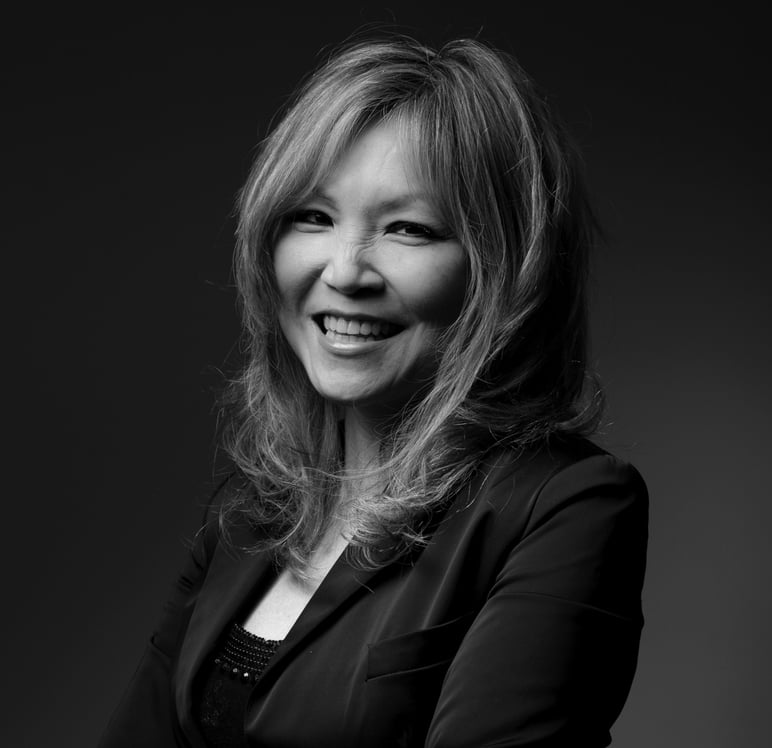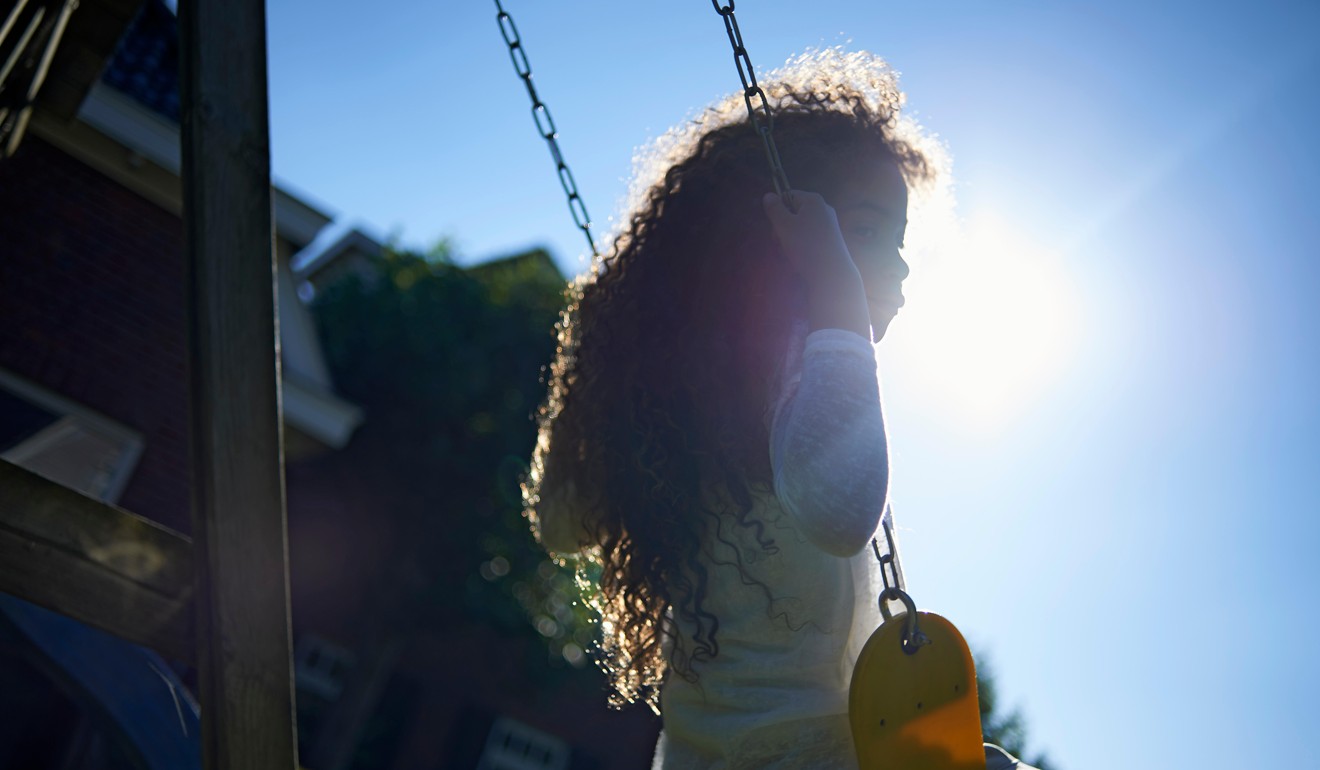
How multibillion-dollar skin-whitening industry propagates racial hierarchies in Asia and promotes unrealistic standards of beauty
- Many Asian and Chinese people have a negative perception of dark skin, leading 40 per cent of women in some countries to use products to lighten their complexion
Cuttlefish are masters of disguise; they change their colour, pattern and skin texture to camouflage themselves in the face of predators.
According to scientists, a subspecies of European cuttlefish respond to smooth rocks by contracting their papillae – tiny, fleshy skin projections – to make the surface of their skin appear more delicate but expand them to add rough texture when they are close to shell-covered rocks.
This rapid skin morphing helps cuttlefish blend in with their environment so they can hide from bigger creatures that prey on them.
Naturally, surviving and thriving is also the name of the game in the human world. Sadly, in modern society, we sometimes face a different kind of predator – bullies, racists and bigots.

A local charity there has said some children tried to change their non-Caucasian appearance by using make-up to whiten their skin.
The National Society for the Prevention of Cruelty to Children said that racial abuse and bullying of children have risen by one-fifth in Britain since 2016 to more than 10,000 incidents last year.
In a similar context, many Asian and Chinese people perceive darker skin tones as “dirty” while pale skin is considered the dominant beauty norm or of a superior nature. As a result, whitening skin products are a hugely lucrative business in this part of the world.
According to a World Health Organisation survey, nearly 40 per cent of women polled in countries such as China, Malaysia, the Philippines and South Korea said they used whitening products regularly.

It’s no surprise then that the world skin-whitening market was valued at US$4.8 billion in 2017, according to Global Industry Analysts. This trend is unstoppable and is projected to hit nearly US$9 billion by 2027, with most of its sales propelled by Asian and mainland Chinese markets.
Having white skin isn’t just about looking Western, it’s a deeply rooted cultural notion (more like a misconception and bias) in Asia where dark skin is associated with poverty, being less educated, or even more prone to committing crime.
The reasoning behind this dated belief is that many Asians believe people have darker skin because they work outdoors in mostly labour-intensive jobs. In other words, the implication is that darker-skinned people are less affluent, whereas people with pale skin reflect a more privileged indoor lifestyle and, therefore, a higher socioeconomic status.

In this context, the discourse on beauty such as skin whitening is consequently not just an aesthetic or cultural issue but more a socioeconomic and maybe even political topic as it is undeniably an “everyone” issue.
Cosmetics companies have no qualms about selling the notion of “White is best” and market their products by capitalising on some women’s insecurities as well as their yearning to have a whiter-looking appearance. This is because they are being brainwashed into believing that’s the path to attaining a better social status and ultimately a better life.
We need to support activists and movements that are helping to shift this unhealthy and unrealistic mindset and educate the general public to embrace differences.

Its founder Marie Rozella wants to use True Complexion to humanise people’s physical differences, whether it be a skin condition or any other physical, mental or emotional characteristic or disability.
Rozella was born with a vascular birthmark, commonly known as a port wine stain, and because of it she was constantly bullied as a child and her parents even tried to use different treatments and products to whiten her skin.

Another inspiring individual is YouTuber Dawn Lee. After being diagnosed with lymphoma earlier this year, the South Korean decided to chronicle her battle against the illness to encourage people in similar predicaments to be the best of themselves even in the worst circumstances.
We all have personal struggles in life. In Hong Kong, we, as a society, should help those with characteristics that may appear different to the majority by inspiring them to be courageous. And hopefully they will eventually have the strength and bravery to embrace their uniqueness and wear it as a badge of honour.
We also need to stop worshipping unattainable and unrealistic standards of cookie-cutter, artificial beauty.
Ernest Hemingway wrote, “Courage is grace under pressure.” And when we help courage to bloom, we are above all else making a declaration of our own courage.
Luisa Tam is a correspondent at the Post

